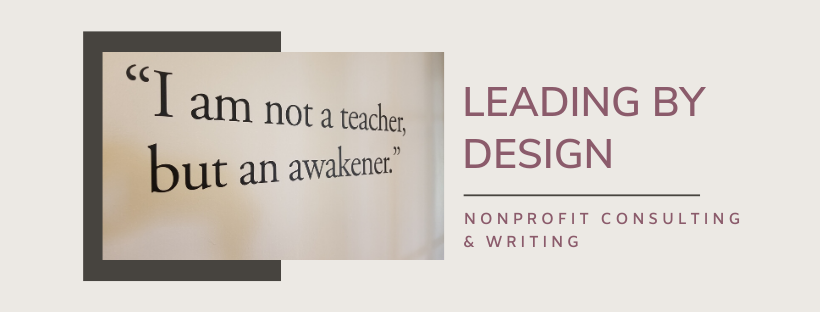I've been following some of the running commentary in a couple of Facebook groups that cater to nonprofit leaders, both veteran and emerging. I'm glad to know there are active and supportive fora where folks can vent their frustrations and celebrate their accomplishments. We all need a safe space in which to do just that.
The venting focuses almost exclusively on workplace issues -- you can probably guess them -- lousy pay, crushing hours, troubles with subordinates, trouble with board members, ethical dilemmas, general frustration with the pervasive notion of scarcity to which many nonprofits cling. While the members of the Facebook groups represent a teeny fraction of the actual nonprofit workforce, I believe their challenges are widespread and probably growing as the number of nonprofits continues to expand.
These challenges aren't new, although increased external scrutiny and competition have made them more pressing, more in-your-face, and no longer avoidable. Taken together, the nonprofit sector lives in at least two parallel universes: the lofty, mission-driven world of doing good and the pernicious world of scarcity where board and staff leaders lack the foundational knowledge or the discussion/planning space to grow healthy, prosperous organizations.
The disconnect between these two universes is wide and growing. And we need the entire nonprofit ecosystem (individuals, institutions, professional associations, graduate programs, etc.) working together to close the gap by making nonprofit workplaces as great as the public benefit they say they provide.



Comments